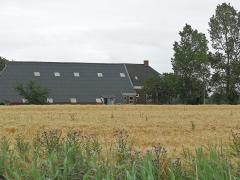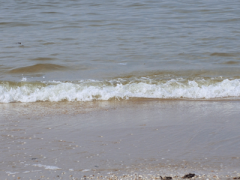European scenarios for exposure of soil organisms to pesticides
Standardised exposure scenarios play an important role in European pesticide authorisation procedures (each scenario is a combination of climate, weather and crop data to be used in exposure models). The European Food Safety Authority has developed such scenarios for assessing the exposure of soil organisms to pesticides.
A statistical approach to scenario selection was developed and applied
The goal of the exposure assessment is to determine the 90th percentile of the exposure concentration in the area of agricultural use of a pesticide in each of three regulatory European zones. A statistical approach was adopted to find scenarios that are consistent with this assessment goal.
Scenario development began with the simulation of the concentration distribution in the entire area of use, by means of a simple analytical model. In subsequent steps, procedures were applied to account for uncertainty. In the final step, the six scenarios were selected by defining their average air temperature, soil organic-matter content and their soil textural class.
Different scenarios for the concentration in total soil and for the concentration in pore water
Organic matter was highest in the Northern European scenarios and lowest in the Southern European scenarios. The effect of organic matter on the concentration in total soil differs from that in the liquid phase. Therefore, the concentration in total soil decreased from Northern Europe to Southern Europe, whereas in the liquid phase it decreased in the opposite order.
Authors
Specifications
- Publication title
- European scenarios for exposure of soil organisms to pesticides
- Publication date
- 19 May 2013
- Publication type
- Publication
- Magazine
- Journal of Environmental Science and Health, Part B: Pesticides, Food Contaminants, and Agricultural Wastes, Volume 48, Issue 9
- Product number
- 1138




